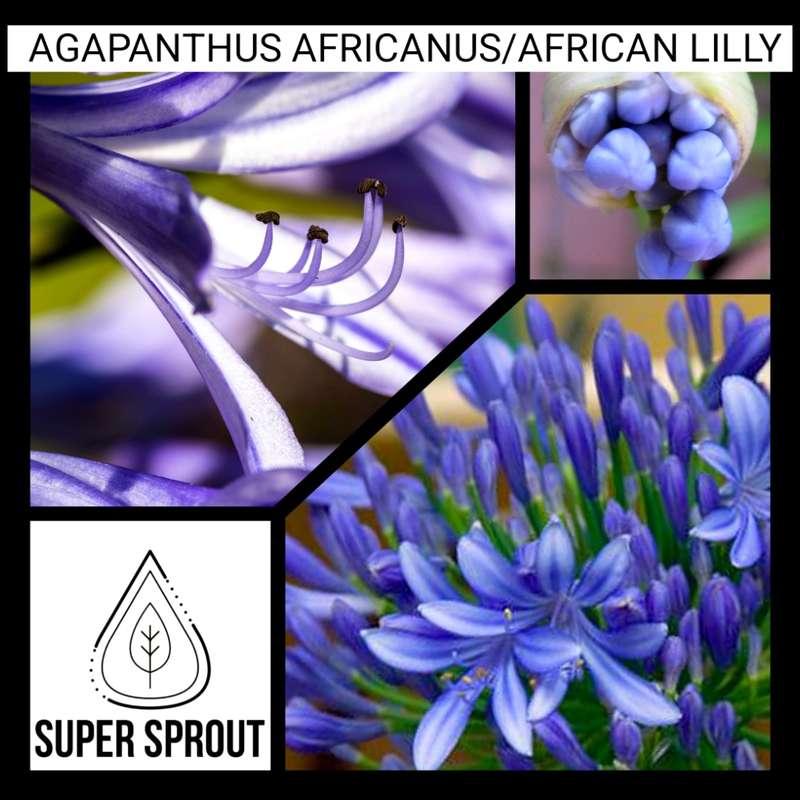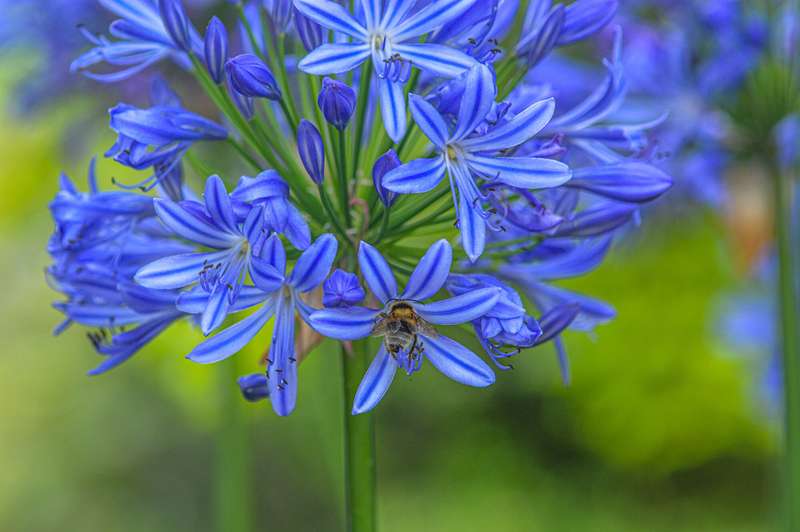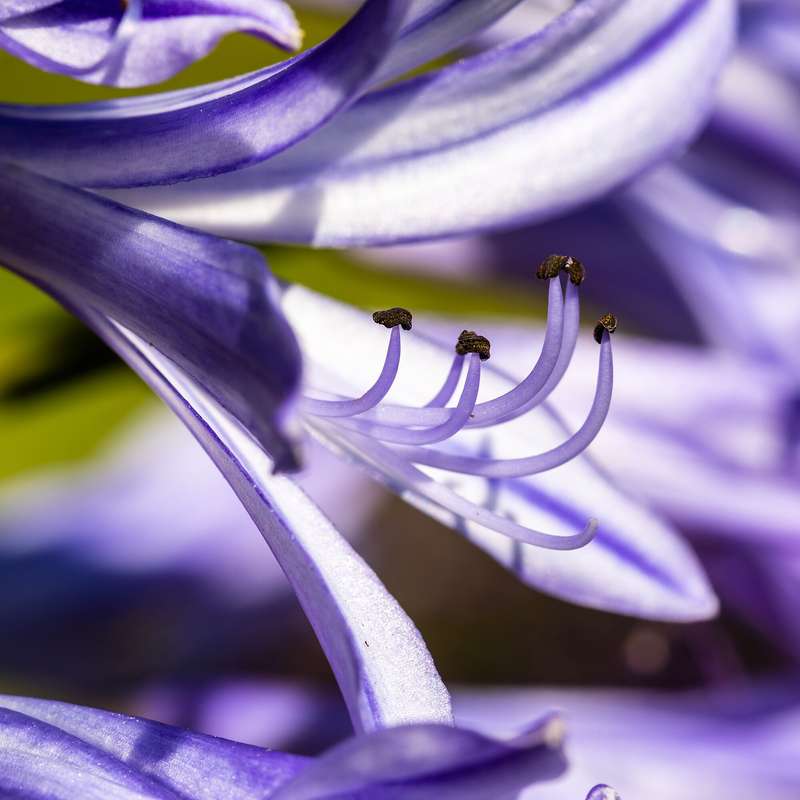







AGAPANTHUS AFRICANUS, AFRICAN LILLY x 25+ seeds
Check my rate
| Main centres: | 1-3 business days |
| Regional areas: | 3-4 business days |
| Remote areas: | 3-5 business days |








| Main centres: | 1-3 business days |
| Regional areas: | 3-4 business days |
| Remote areas: | 3-5 business days |
Agapanthus africanus, or the African lily, is a flowering plant from the genus Agapanthus found only on rocky sandstone slopes of the winter rainfall fynbos from the Cape Peninsula to Swellendam.[2] It is also known as the lily-of-the-Nile in spite of only occurring in South Africa.
Agapanthus can be grown from seed by starting them indoors in a warm, well-draining environment.
Steps forgrowing
Fill a seed tray with a well-draining potting mix.
Sprinkle seeds on top of the mix.
Cover the seeds with a thin layer of sand or grit.
Water lightly.
Place in a warm location with lots of sunlight.
After about a month, move the trays to a cooler, bright area.
Transplant the seedlings into small pots when they are big enough to handle.
Overwinter the seedlings in a greenhouse or other protected area.
Plant the young agapanthus plants outdoors in the spring after the last frost.
The plant prefers a well-drained soil, but supports a poor soil. Exposure to full sun is preferable, but it supports partial shade. It has low tolerance to being moved. It can be multiplied by sowing (flowering under 3 to 4 years) or division. It tolerates drought once well installed, but watering is preferable in case of long dry periods. It overwinters as a stump and therefore completely disappears during the cold months. Contrary to popular belief, this species can withstand wind, frost and cold up to 15 °C provided that the strains are protected for the first two years with mulching.
Young shoots need to be protected from slugs and snails. A contribution of 2 or 3 handfuls of wood ash around the stump in the spring may keep the gastropods away and make a good contribution of potash.